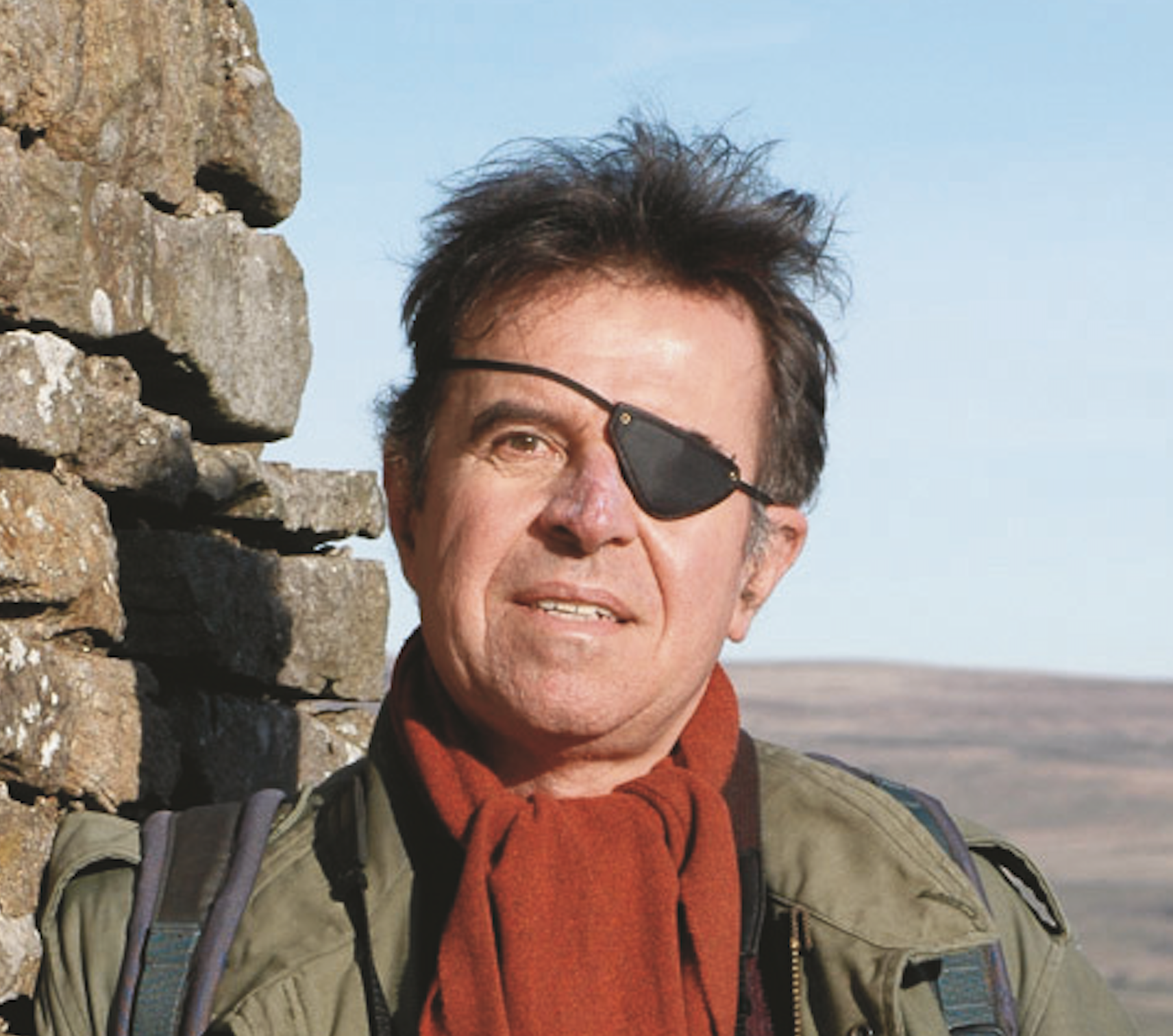I’m standing in the shallow, sunlit water of a sheltered bay on the British coast. Long, green, ribbon-shaped leaves are swirling around my ankles. Seaweed? No, this is something else, something extra-special; it’s eelgrass.
What is eelgrass?
Eelgrasses, in the genus Zostera, are flowering plants that spend their entire lives submerged in seawater. Other coastal plants, such as sea lavender and sea rocket, flaunt their flowers on the saltmarsh and strandline; Zoestra, however, has taken the plunge.
How did eelgrass evolve?
But an evolutionary transition into a marine environment presents a number of challenges to a terrestrial flowering plant, the biggest of which is reproduction. To understand why, we need to go back over 500 million years, when plant life first emerged from the sea.
The earliest land plants were algae and, like their aquatic cousins, they reproduced using swimming male sex cells, so were confined to wet habitats. They evolved into today’s mosses and ferns but none of these pioneering landlubbers have fully shaken off the legacy of the aquatic environment: they still have swimming male sex cells, restricting them to damp places.
The big breakthrough for terrestrial plant life came with the evolution of flowers and the bargain that they struck with insects. These winged ‘go-betweens’ carried the plants’ male sex cells inside pollen grains to their destination, in exchange for nectar. Now all habitats were open for exploitation and over the last 150 million years, flowering plants have dominated almost every terrestrial niche.
So returning to the sea – a habitat dominated by marine algae – might seem like a dubious move, especially as eelgrasses have not struck a comparable bargain with marine creatures to act as pollinators. Instead, eelgrass plants simply release long, thread-like pollen that drifts in the tide, becoming entangled in the grappling-hook-shaped female stigmas of other eelgrass plants.
But it works – and the pay-back comes in seed distribution, because the eelgrass propagules can be carried to far-away coasts on ocean currents, and sometimes even on the feathers of migratory wildfowl and wading birds. Zostera species have an enormous geographical range and can be found along shorelines from the Arctic to the Antarctic, via East Africa, the Antipodes and North Pacific.
Why is eelgrass important?
Eelgrass meadows are unique and important habitats around Britain’s coastline. They are vital nurseries for fish, and cuttlefish attach eggs to their stems. But the major beneficiaries are migratory wildfowl. Every autumn flocks of brent geese, famished after a long migration from the far north, descend on these marine meadows to feast on the foliage. Whooper swans are also partial to eelgrass, while wigeons nip off the leaves.
Eelgrasses, with their creeping rhizomes, can recover from this assault every spring but over the last century new threats have emerged. A slime mould-like pathogen, Labyrinthula zosterae, causes a wasting disease that has affected some eelgrass meadows since the 1930s. Numerous sources of pollution, along with some leisure and commercial activities in our shallow coastal waters, also cause problems.
True, eelgrasses may not be the most charismatic plant but the animals that depend on them are. Next time you watch skeins of geese descending on the coast on an autumn evening, pause to remember what they’ve come to feed on.
Did you know? 5 key facts about eelgrass
Britain’s coasts have three Zostera species: Z. marina (eelgrass); Z. angustifolia (narrow-leaved eelgrass); and Z. noltei
(dwarf eelgrass).
Zostera is one of 11 seagrass genera. Tropical seagrass beds are vital food sources for green turtles, manatees and dugongs.
Mattresses stuffed with dried eelgrass were used in French barracks in WWI.
Eelgrass beds offer a refuge for long-snouted seahorses, which grip the grass with their tails.
One colony of Mediterranean eelgrass (genus Posidonia) off the Ibiza coast is said to be 100, 000 years old.
Main image: © Getty Images

